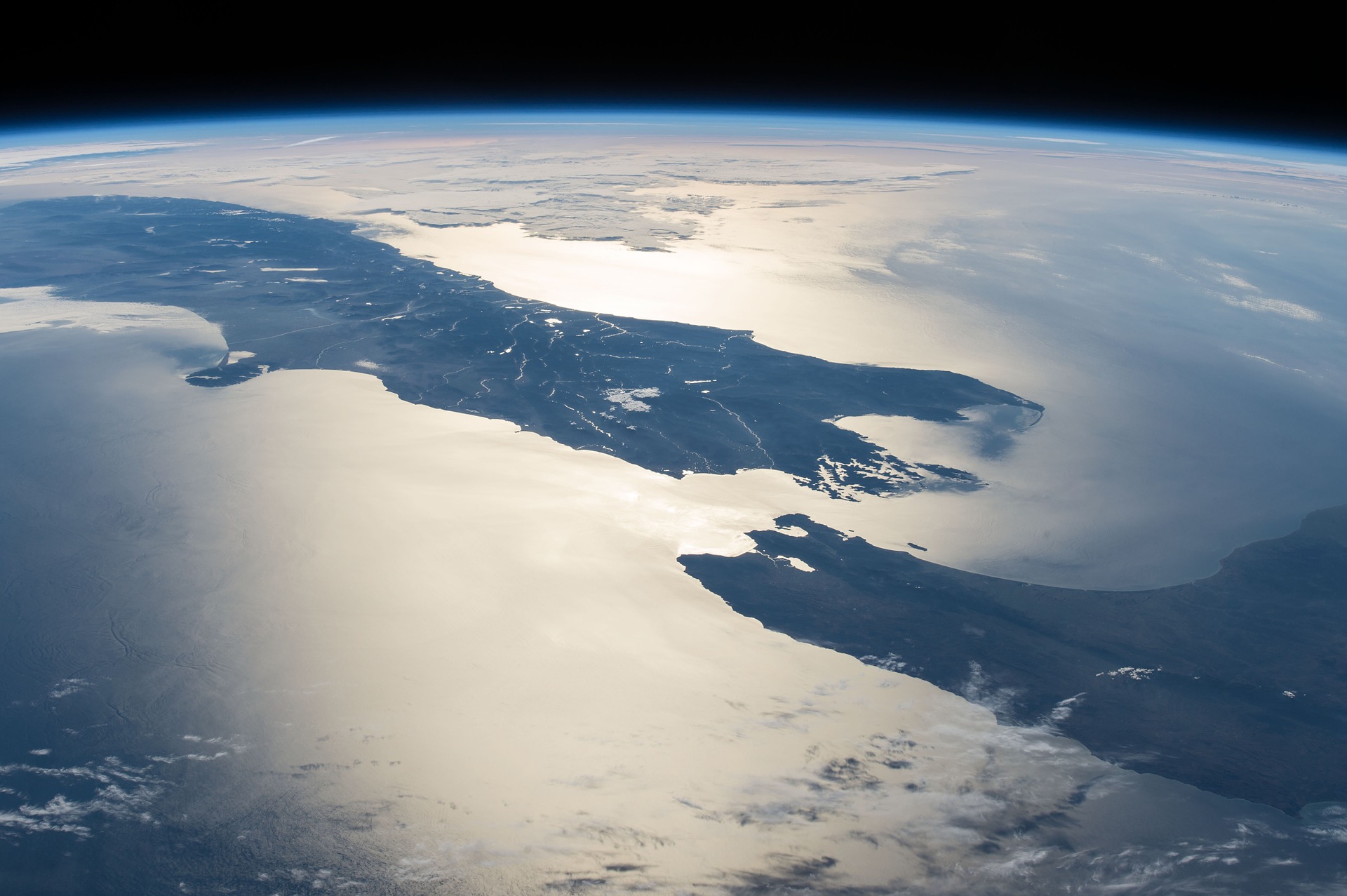After several delays, the first set of data from the 2018 Census was released today including data on electoral population, dwelling counts and population demographics.
New Zealand’s population has grown 10.8 per cent since the 2013 Census to about 4,700,000 residents, making it likely we’ll hit the five million mark by 2020. Auckland saw the largest population increase since the last census, with an influx of over 150,000 people, but the regions around Auckland – Northland, Bay of Plenty and Waikato – are growing at a faster rate.
Based on the 2018 Census and the 2018 Māori Electoral Option, the number of Māori electorates will not change, but there will be a new extra electorate seat in the North Island at the 2020 election and roughly one-third of electorate boundaries will change as a result of population growth. This will result in one less list seat in Parliament – dropping from 49 to 48. A Stats NZ spokesperson told Newshub the new electorate boundaries will probably be announced in April next year.
In August, an independent review found that operational failures (including IT issues and staff displacement from the 2016 Kaikōura earthquake) made it difficult for individuals and households to access and complete the census. This meant the Census had a low response rate, (one in six New Zealanders did not fully complete the 2018 Census) so Stats NZ had to use alternative data to fill in the gaps. Some of this data was sourced from the 2013 Census and some came from other government departments like the Department of Internal Affairs, the Ministry of Education, or the Ministry of Health.
In addition to the review, an external data quality panel was set up in mid-2018 to provide independent advice. Its first report, released today, has endorsed some of the statistical methods used to plug the gaps, stating that these improved the quality of results by reducing the extent of the undercount. But panel member and University of Auckland Biostatistics Professor Thomas Lumley told the NZ Herald that while he “agrees that it was the only way to deliver any good quality census data”, he acknowledged that the public was unaware that data like their tax records would be used this way and feared a lack of “social licence” could impair public trust in future Government data collection.
The panel also downgraded the quality of ethnicity data from ‘high’ to ‘moderate’ and approved of the decision by Stats NZ not to publish iwi data based on the incomplete set of data collected, telling RNZ “in this regard Stats NZ have not met their Treaty obligations to Māori”.
University of Waikato’s Associate Professor Polly Atatoa Carr told the SMC she was pleased that administrative data helped avoid the underestimation of important communities, but was disappointed as “the processes undertaken means that the quality of data is not the same for all groups.” The biggest gaps in the 2018 Census are for Māori and Pacific peoples, Carr said, which is important as “high-quality Census data, that we can be confident in, is critical in order to deliver equitable services and to monitor our responsibilities to our population – particularly to our Māori and Pacific communities”.
The panel said data about households and families would be of “low quality” and not comparable to 2013 figures, as was data about dwellings as 8 per cent of the population could not be linked to a particular home.
The panel’s second report, on data quality, will be published in December.
Local media covered the first release of Census 2018 data and the findings of the external data quality panel:
Stuff.co.nz: Census 2018: New Zealand population is larger and more diverse
RNZ: Census 2018: Changing population sees creation of new North Island electorate seat
NZ Herald: NZ population nears 5 million after fastest growth in 50 years
Newshub: Census 2018: There will be a new electorate at the 2020 general election
1 News: NZ’s population has grown at fastest rate in over 50 years, newly released Census results reveal
The Spinoff: The most buzzy data points from the just-released Census
Stuff.co.nz: Wellington Regional Hospital among ‘many’ hospitals ‘too small for population’
